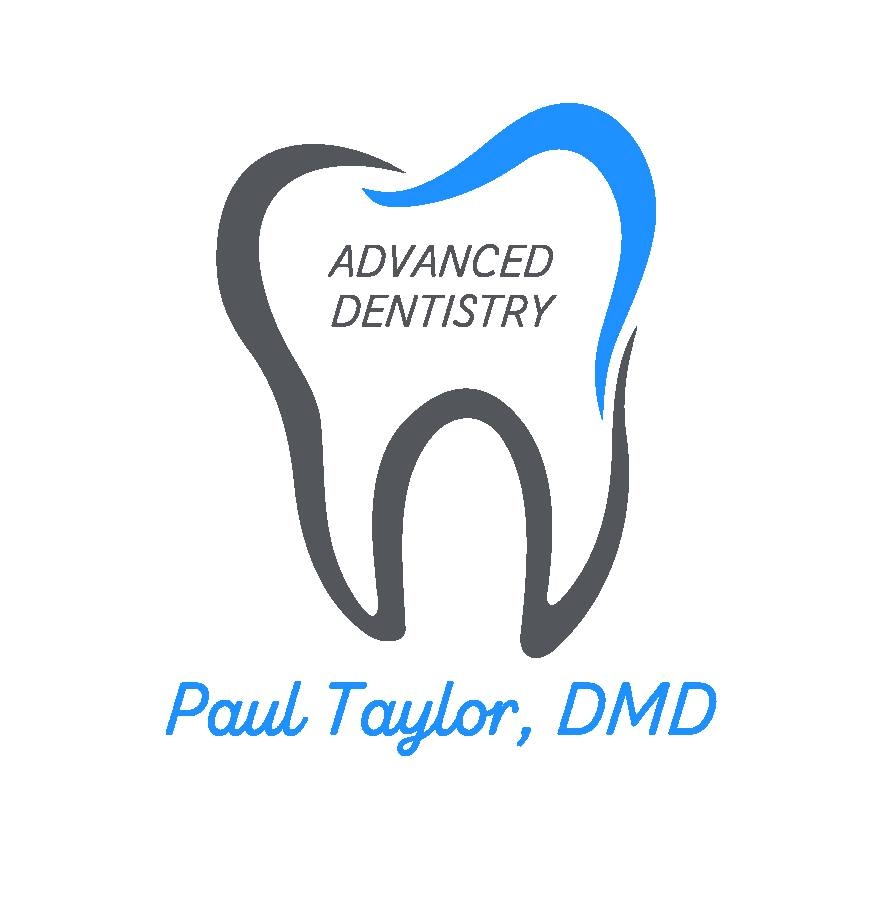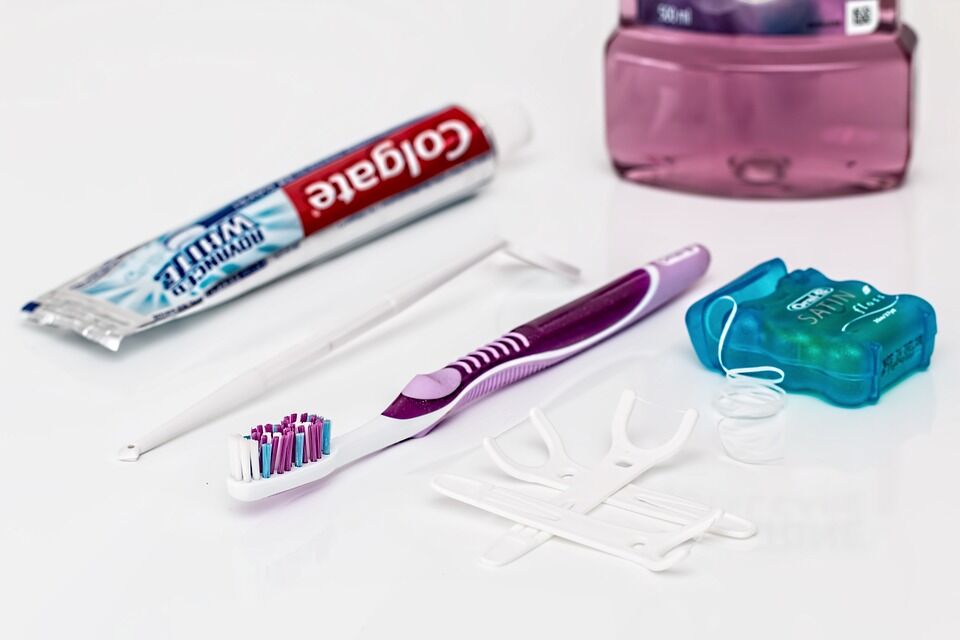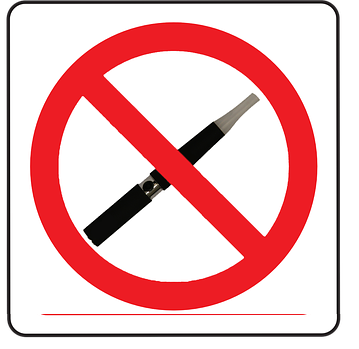Are you embarrassed to show your smile because of missing teeth? For many people, missing teeth can create a feeling of diminished self-confidence. Modern dentistry can not only replace the gaps in your smile, our team can also create long-term replacements that look and feel just like your natural teeth. You have options. Here are a few of the most common tooth replacement solutions.
Dentures
Dentures are a solution for those who have lost many or all their teeth. They create a realistic, aesthetically pleasing smile. They are ideal for patients that are missing multiple teeth on either the top or bottom. Our team will start by taking an impression of your mouth. We will then send the impression to a lab for a customized set of dentures to be created. Once your dentures are ready, we will ensure a proper fit and make any necessary adjustments. Dentures should be cleaned regularly with a non-abrasive cleanser. Our team will provide you with all the information you need to take care of your dentures.
Bridges
You may have heard of dental bridges referred to as partial dentures. Dental bridges are a replacement solution for one or more missing teeth. They help prevent your existing teeth from shifting into the empty gaps of your missing teeth. Bridges utilize your surrounding teeth as an anchor for your replacements. Our team can match the bridge to look like your natural teeth; no one will even notice the difference.
Dental Implants
Dental implants are a long-lasting tooth replacement option. Unlike dentures, which may require replacement, dental implants can last a lifetime with proper care. Our team will ensure your gum tissue is healthy enough with adequate bone support to anchor the implant. For some patients, additional preparations may be necessary such as a bone graft to guarantee your implant has a strong, stable foundation.
The gaps in your smile can be filled. Our team can help you decide on a tooth replacement solution based on your individual needs. It is important to fill the gaps of missing teeth to prevent deterioration to your gums and the shifting of teeth into these empty spaces. Additionally, tooth replacement solutions such as dentures, bridges, or implants can help improve your speech and comfort.
If you are missing teeth, we invite you to schedule a consultation with our San Diego dental team.
Paul Taylor, DMD- Advanced Dentistry
Phone: (858) 496-7521
Url: https://sandiegoca.dentist/
4320 Genesee Ave., Suite 101
San Diego, CA 92117










